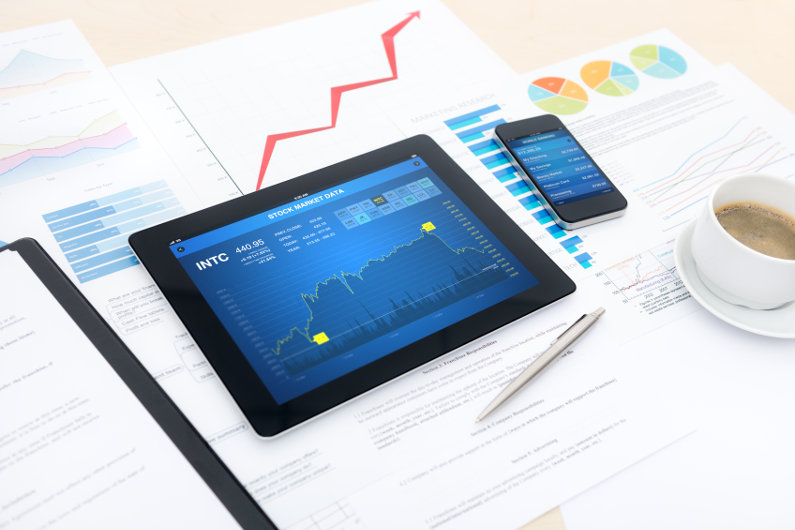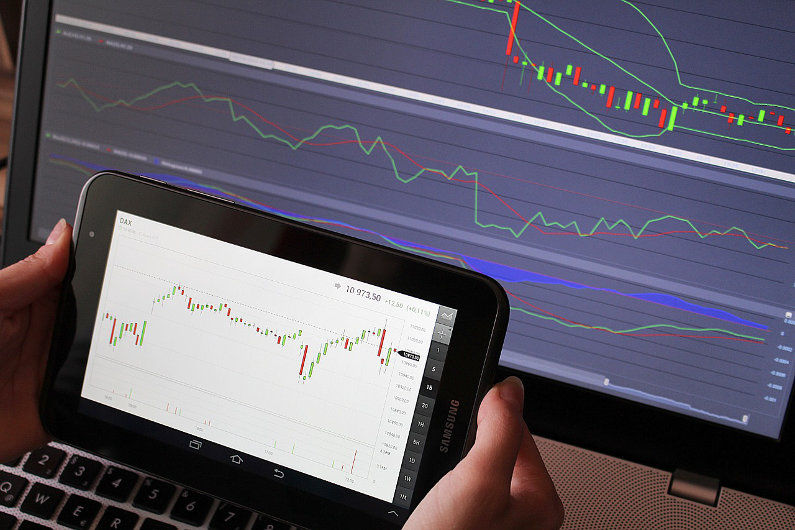The world of forex is incredibly complicated. Success is hard won, and requires a draining cocktail of talent, application, time, and effort. It’s no surprise to discover, then, that many first-time investors avoid it in favour of less complex alternatives.
However, it can actually be the ideal choice for novices. Its flexible trading hours make it perfect for working around a job, and it’s possible to trade on a budget in order to minimise any early losses. The trick is simply to put in place the right building blocks for a successful forex strategy.

Step One: Choose Your Currency Pairs
Any savvy investor will tell you that your currency pairs are a fundamental part of your trading strategy. They must be very carefully selected based on your risk threshold, personality, availability, and goals. From the ‘four majors’ to more exotic pairings, there’s a combination to suit everyone. However, one very common mistake is simply to select them based on the pairs available from your favoured broker. This is not the way to do it: choose your broker based on your currency pairs, not your currency pairs based on your broker.
Step Two: Choose a Broker
The next step is to choose a suitable broker. There are thousands of these entities for you to choose from, and that can make the task seem rather daunting. Luckily, there are lots of ways to narrow them down. Firstly, you can discount any brokerage firms that don’t carry your preferred currency combination/s. Secondly, you need to assess their customer service. Try calling at the times you would be most likely to trade – anyone that doesn’t answer immediately or fields your enquiry through an answering service can be crossed off your list.

Step Three: Choose a Trading Platform
Finally, you need to choose a platform. As there is no central trading area for the foreign exchange, this will act as your conduit to the markets, so you have to be 100 per cent happy with it. Be sure to take advantage of demo accounts to trial any platforms that you think might be suitable, and then compile a shortlist of the best. Assess each of these according to the criteria most important to you, such as aesthetics, ease of use, cost and accessibility, and carry on comparing them until you find a clear winner.
Once you’re done, it’s time to start trading.



